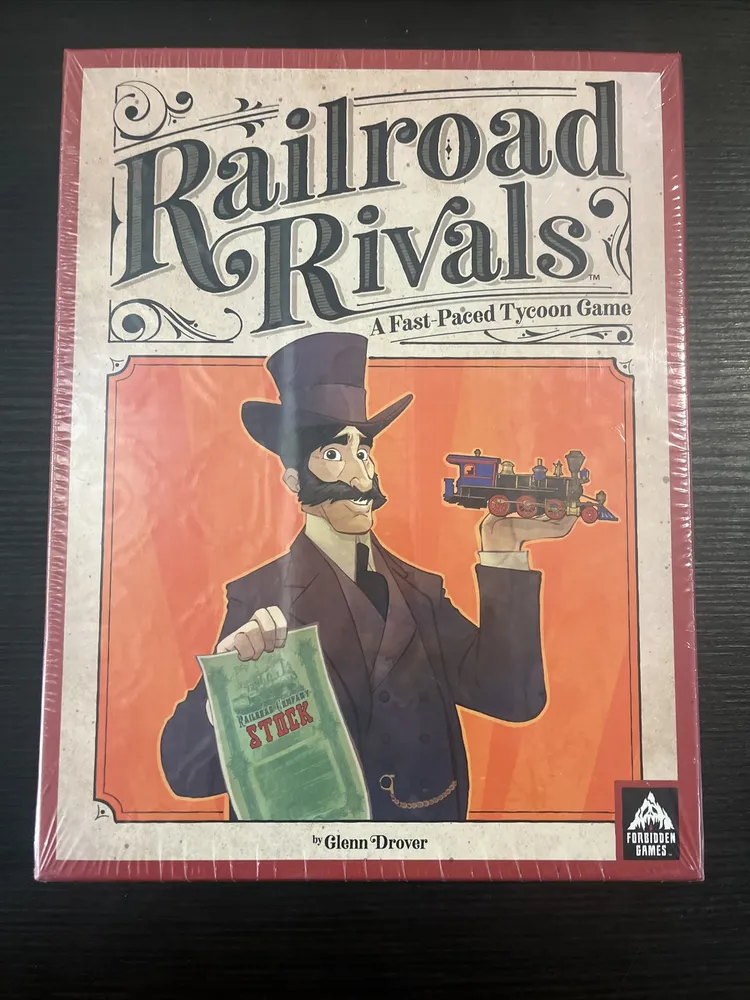Railway Rivals (1979)
Why is Railway Rivals Popular?
Railway Rivals is considered a classic and one of the first modern railroading games. It is popular among board game enthusiasts due to its simple mechanics and high player interaction. The game is also significant because it allows players to compare the results of their games with the way that real railways developed in a particular area.
Game Components of Railway Rivals
How To Setup Railway Rivals
Setting up Railway Rivals involves preparing the board with either the UK or US map side up. Players start by drawing tracks to connect cities, using the colored marker pens. The initial phase focuses on building the rail network and earning money by linking cities. Once a sufficient number of cities are connected, the game transitions to the racing phase.
Gameplay Mechanics and Game Objective
Player Experience
Playing Railway Rivals is an engaging and strategic experience. The game combines the creative aspect of drawing tracks with the competitive element of racing. Players must balance the costs of building tracks with the potential rewards of linking cities and winning races. The ability to rent tracks from other players adds a layer of negotiation and strategy.
Pros
Cons
Personal Thoughts on Railway Rivals
Railway Rivals is ideal for players who enjoy a mix of strategic planning and competitive racing. It is particularly suited for those interested in historical or classic board games, as it was one of the first modern railroading games. The game’s simplicity makes it accessible to a broad range of players, while its strategic depth ensures it remains engaging even for experienced gamers. Designed by David G. Watts, Railway Rivals is a unique blend of creativity and competition that continues to appeal to board game enthusiasts.
We are supported by our audience. When you purchase through links on our site, we may earn an affiliate commission, at no extra cost for you. Learn more.

